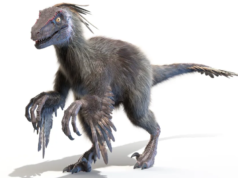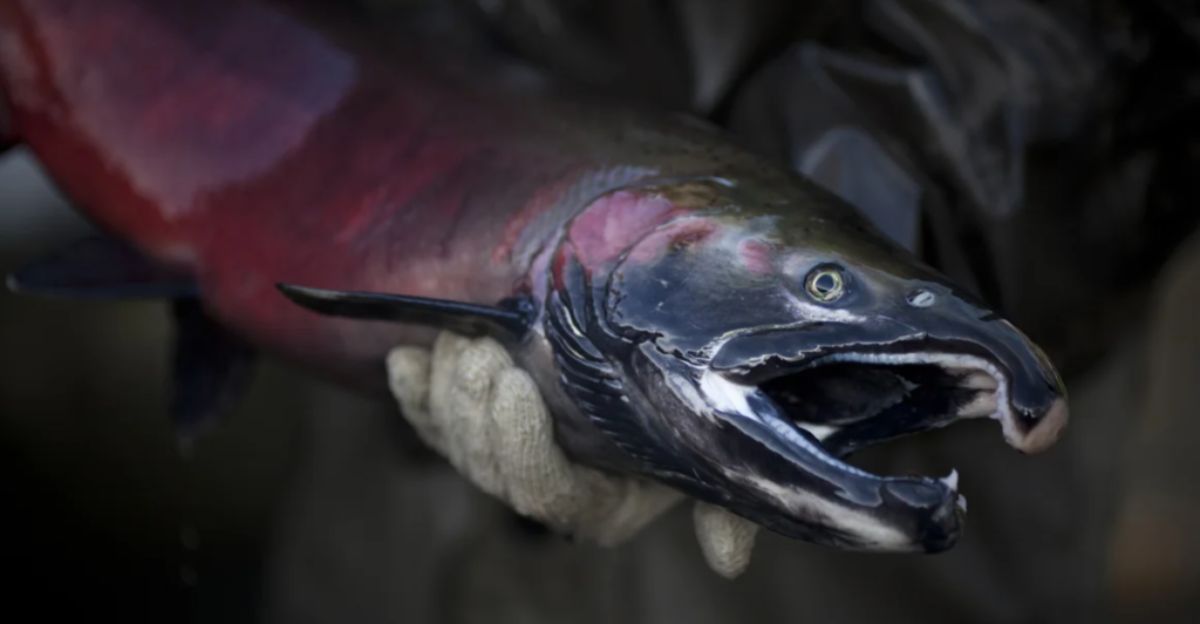
Scientists have finally solved a decades-long toxic mystery that has been killing coho salmon in urban streams across the Pacific Northwest. The culprit isn’t coming from factory pipes or toxic waste dumps—it’s silently shedding from something you rely on every day: your car tires.
Each rotation releases microscopic particles containing a chemical deadly to aquatic life and potentially harmful to humans. On average, cars lose about 4 kilograms (9 pounds) of tire material each year. Heavier electric vehicles shed even more. These tiny particles wash into streams during rainfall, creating a toxic threat.
What seems like harmless wear-and-tear is actually fueling an invisible crisis—one that links our daily commutes to environmental catastrophe.
The Chemistry Behind the Crisis: What is 6PPD?
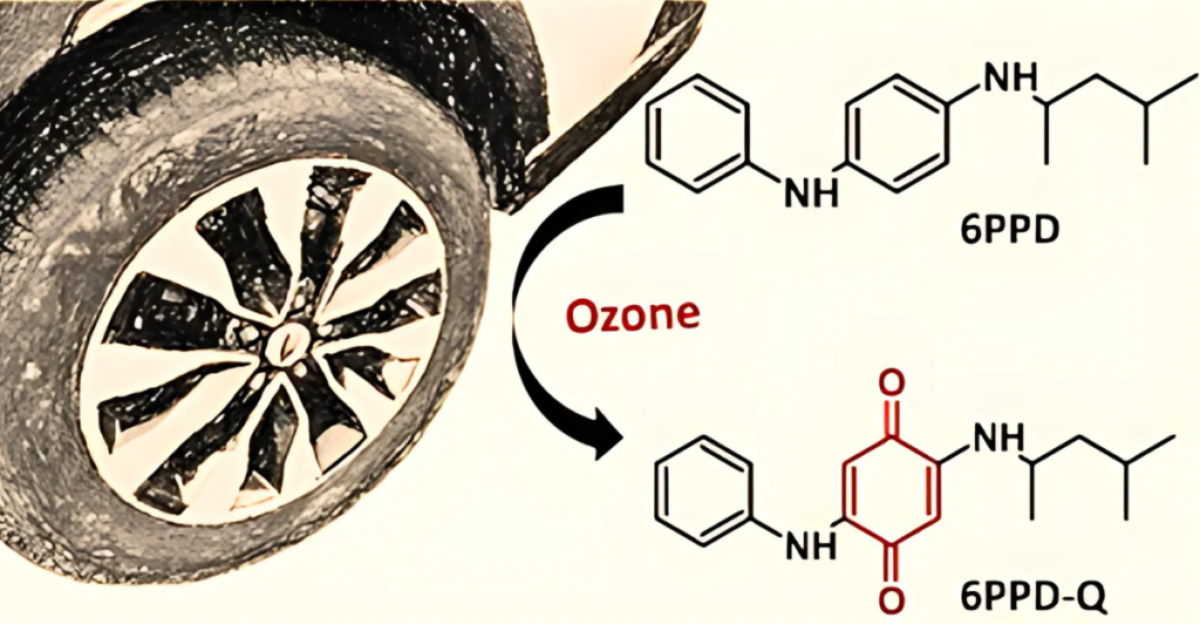
At the center of this toxic puzzle is a chemical known as 6PPD—short for N-(1,3-dimethylbutyl)-N’-phenyl-p-phenylenediamine. Since the 1960s, it’s been a standard additive in nearly every car tire, used to prevent rubber from degrading under ozone exposure.
But when 6PPD reacts with ozone, it transforms into 6PPD-quinone (6PPD-q), a byproduct highly toxic to fish. In fact, just 0.8 micrograms per liter is enough to kill coho salmon within hours. This discovery, published in Science in 2021, finally explained a mystery that’s plagued Pacific Northwest streams for over two decades—mass fish die-offs linked to rainfall and road runoff.
Dubbed “Urban Runoff Mortality Syndrome,” this chemical is now known to cause the phenomenon, which raises global concerns about tire pollution and aquatic ecosystems everywhere.
From Road to River: How Tire Particles Enter Our Waterways
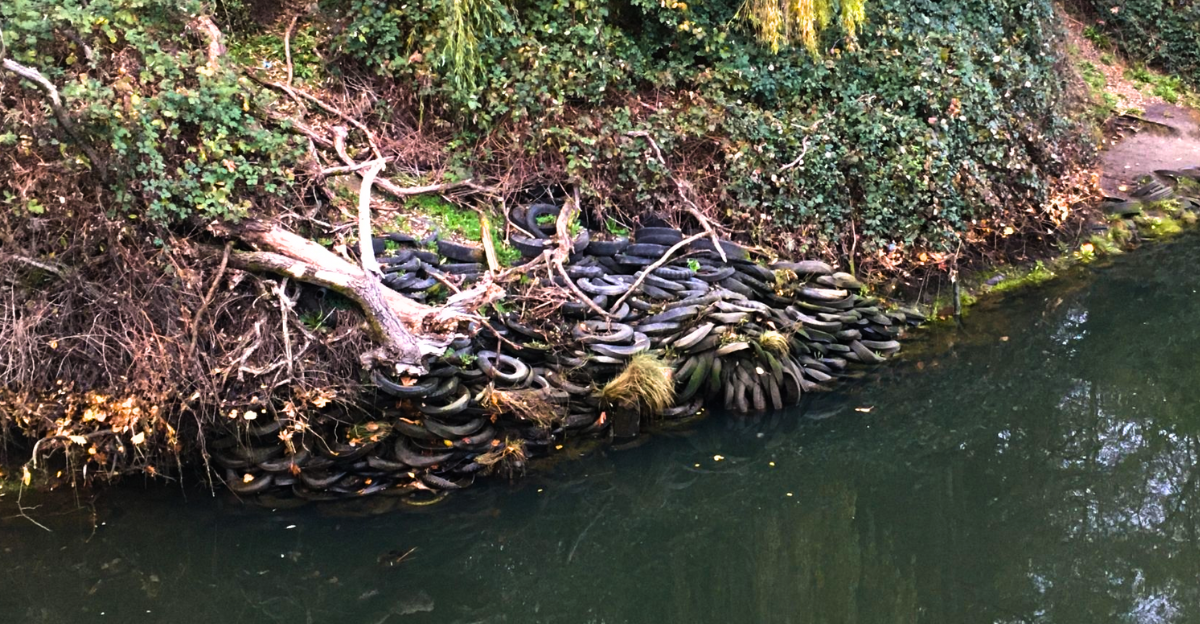
Tire toxins follow a disturbingly direct route from your car to nearby waterways. With every drive—especially when braking, accelerating, or turning—microscopic tire wear particles (TWPs) are released. These range from visible rubber bits to invisible nanoparticles, building up as fine dust on roads.
When it rains, stormwater sweeps this toxic debris into drains, funneling 6PPD-quinone into streams with minimal filtration. Most urban drainage systems are designed to manage floods, not filter out pollutants—turning roads into pipelines for tire-derived toxins.
Researchers have found 6PPD-quinone in West Coast waterways at concentrations from 0.3 to 19 micrograms per liter—often exceeding the lethal dose for salmon. The danger spikes during rainstorms, just as salmon begin their upstream migration, making these toxic pulses especially devastating to fragile fish populations.
The Salmon Connection: Why These Fish Are Dying
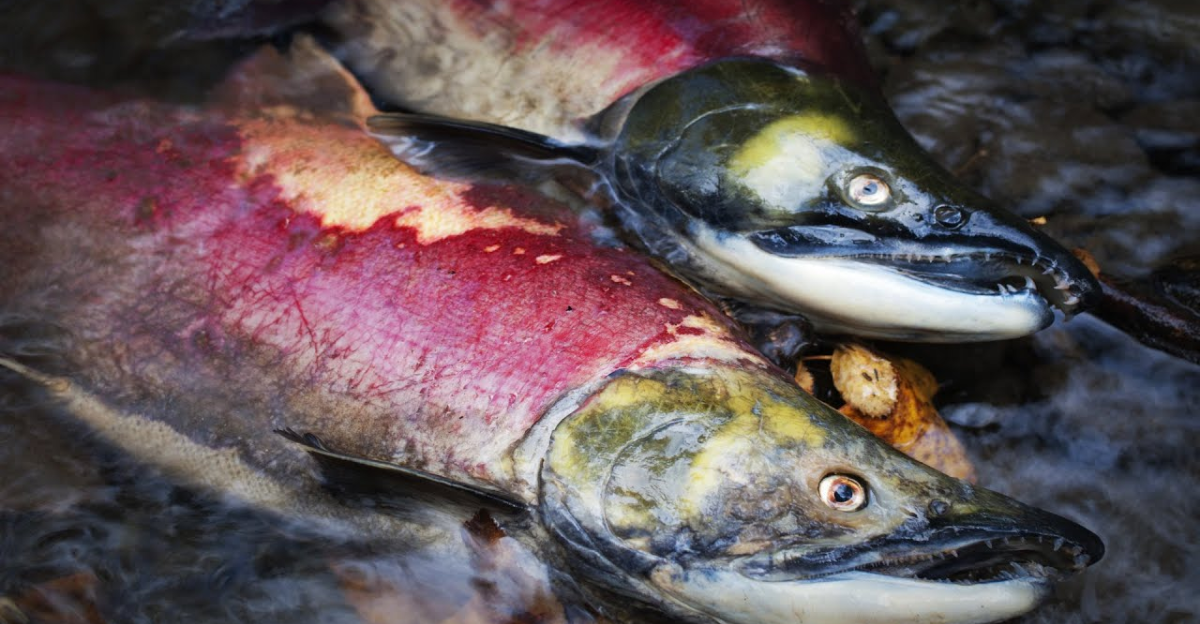
For years, scientists were baffled by a grim trend: adult coho salmon returning to spawn in urban streams across the Pacific Northwest were dying en masse—often within hours. The deaths followed a familiar script: gasping, disorientation, and rapid collapse, especially after rainfall.
In 2020, researchers from Washington State University and the University of Washington traced the cause to 6PPD-quinone. This chemical, shed from tires, is especially lethal to coho salmon but also poses a serious threat to brook trout and steelhead.
Strikingly, some fish species seem barely affected, a fact that puzzled researchers and raised questions about broader ecosystem effects. Coho are a keystone species—vital to ecosystems and to endangered orcas. For many Indigenous communities, their loss also jeopardizes treaty rights and cultural traditions.
Beyond Fish: The Broader Environmental Impact of Tire Wear
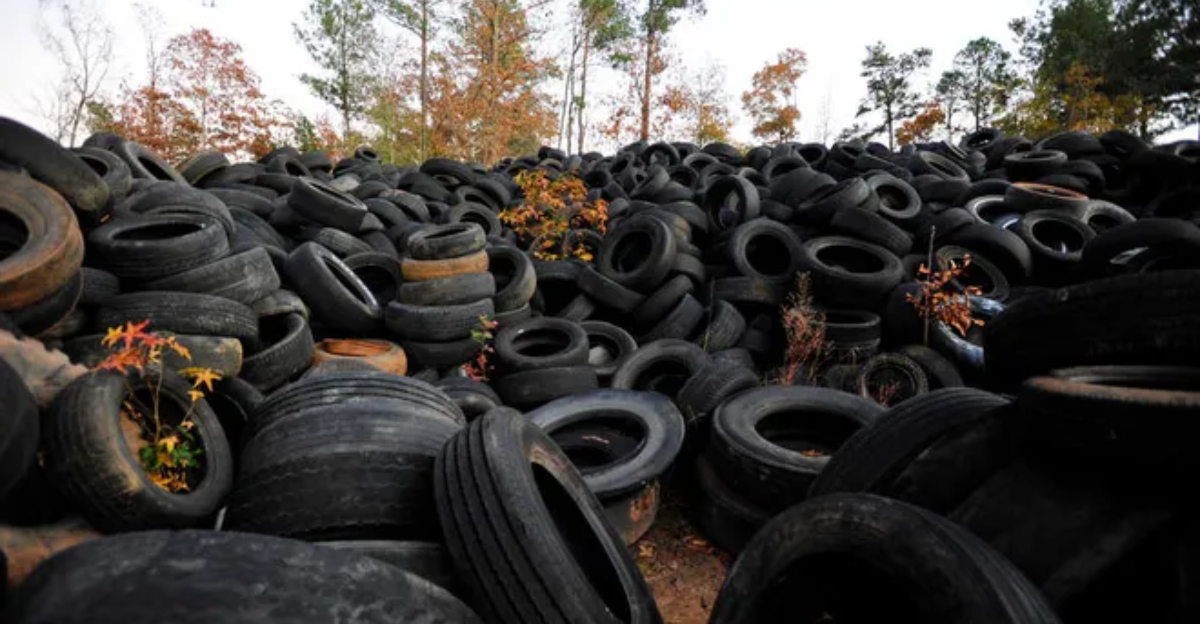
Tire pollution reaches far beyond salmon die-offs, triggering widespread ecological consequences. Tire wear particles are now recognized as one of the largest contributors to microplastic pollution in rivers and oceans—accounting for an estimated 5–10% of oceanic microplastics.
These particles don’t biodegrade; instead, they build up in soil and waterways, where they can interact with other toxins and living organisms. Each speck carries a chemical mix, including heavy metals like zinc, copper, and lead, as well as harmful compounds like PAHs.
Studies have found tire particles in air, sediment, food sources, and inside marine animals—lodged in gills and digestive tracts—causing everything from behavioral changes to stunted growth. With roughly 6 million metric tons shed annually worldwide, tire wear poses an escalating global environmental threat.
The EV Paradox: When Green Solutions Create New Problems
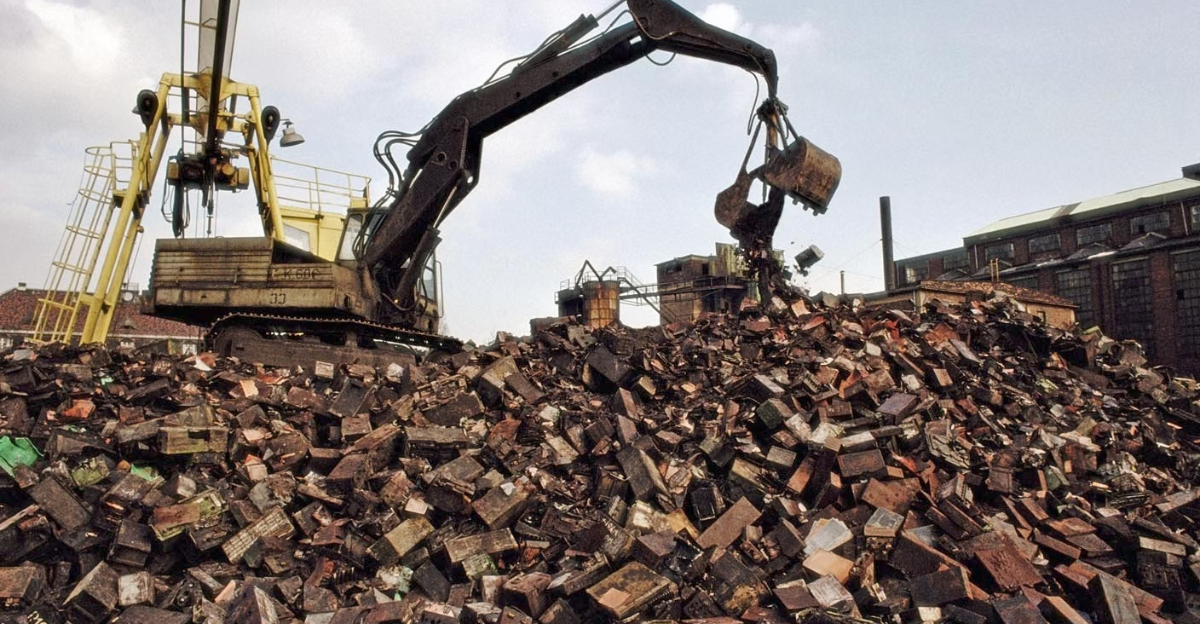
Electric vehicles may cut tailpipe emissions, but they come with an overlooked drawback: increased tire pollution. Thanks to heavy battery packs—some weighing up to 3,000 pounds—EVs are significantly heavier than their gas-powered counterparts.
That extra weight, paired with instant torque, causes tires to wear down faster. Research from Emissions Analytics shows EVs generate about 20% more tire particles than traditional vehicles. Nick Molden, the company’s CEO, calls it a troubling paradox: “We’re pushing for decarbonization with EVs, but also increasing tire emissions, which are hard to mitigate.”
Unlike exhaust, tire particles can’t be captured mid-drive. This makes tire wear an “open system” of pollution, with no easy fix. The result underscores a deeper truth—green tech often carries hidden environmental costs.
Invisible Threats: Tire Particles and Human Health
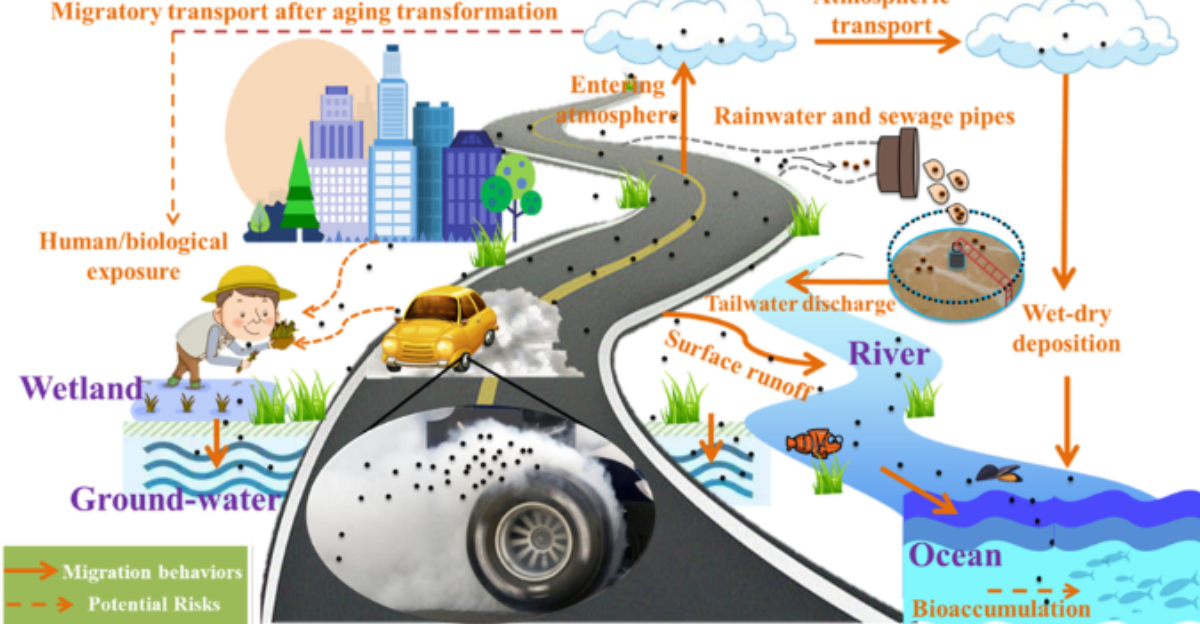
Microscopic tire particles harming aquatic life may also endanger human health—through the air we breathe, the food we eat, and the water we drink. Tire and road wear particles (TRWP) often become airborne, many falling within PM2.5 and PM10 ranges—small enough to reach deep into the lungs.
Ultrafine particles can even enter the bloodstream and potentially cross into the brain. A Chinese study detected both 6PPD and its toxic byproduct 6PPD-quinone in human urine, with pregnant women showing the highest levels—raising concerns about unknown developmental effects.
While tire manufacturers claim low health risk, independent scientists have flagged potential links to heart, lung, reproductive, and cancer outcomes. As TRWP contributes to urban air pollution, their human health impacts demand closer scrutiny.
The Scale of the Problem: How Much Pollution Are We Creating?
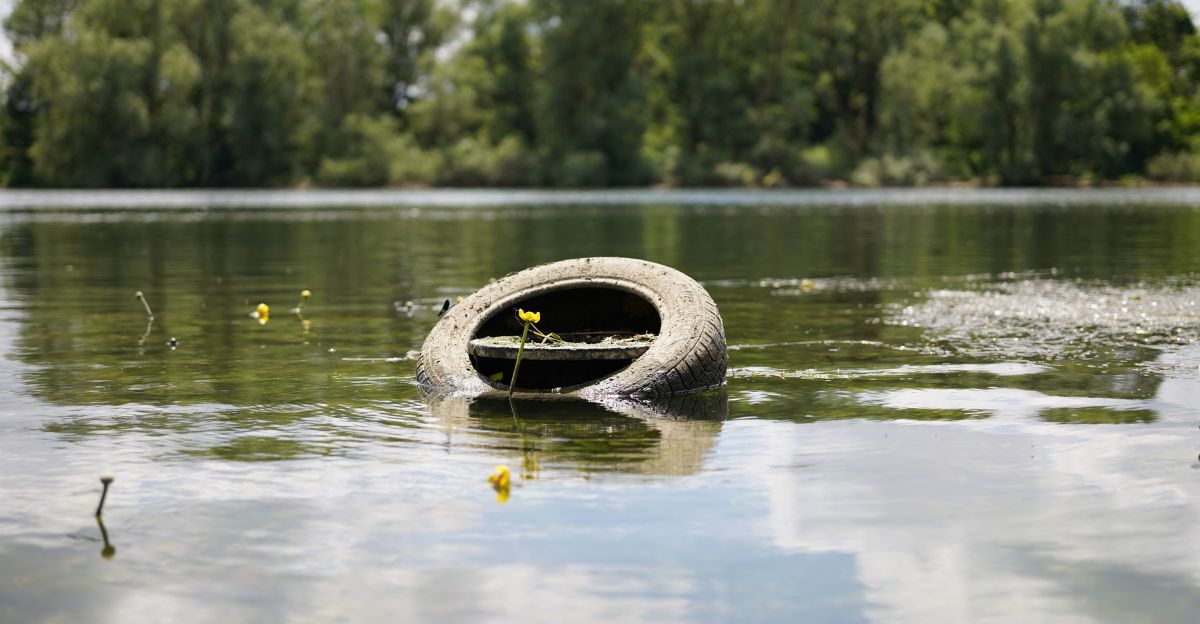
The scale of tire pollution is immense. Roughly 2 billion tires are sold worldwide each year—a number expected to hit 3.4 billion by 2030. Together, they release about 6 million metric tons of particles annually. In London alone, 2.6 million vehicles generate 9,000 tons of tire dust each year.
In the U.S., a typical car sheds nearly nine pounds of tire material annually—about half that in Europe. Tire particles have turned up in nearly every environment studied: city air, waterways, oceans, even Arctic ice.
A Southern California study found tire and brake wear made up 30% of PM2.5 air pollutants—compared to just 19% from exhaust. In San Francisco Bay, stormwater carries an estimated 7 trillion microplastic particles yearly—half from tires.
Solutions on the Horizon: What Can Be Done?
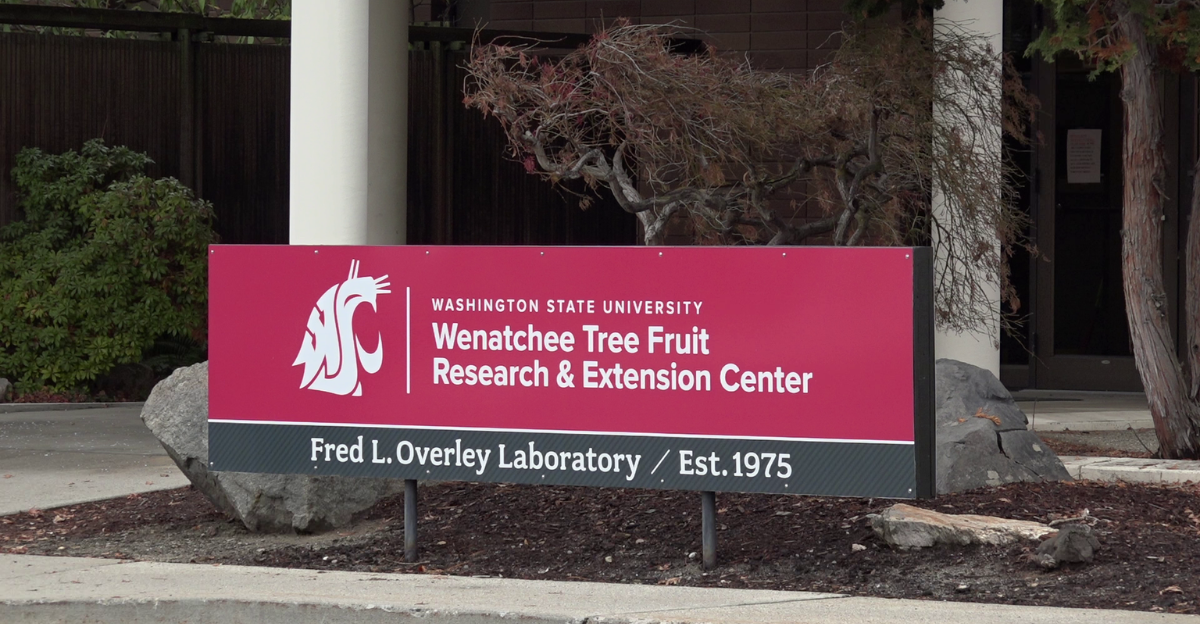
Tackling tire pollution demands a layered strategy that reduces emissions at the source while boosting mitigation efforts. At Washington State University, researchers found that permeable pavement can trap more than 96% of tire particle mass and cut 6PPD-quinone in runoff by 68%—a promising form of green infrastructure.
Scientists are also exploring safer chemical alternatives to 6PPD, aiming to maintain tire performance without the toxic fallout. Smarter vehicle and tire design—lighter cars, more durable tread, and low-emission materials—could further curb pollution.
States like Washington and California are already pushing policies to phase out harmful tire compounds. On an individual level, proper tire maintenance and shifting to public transit help. Still, real progress will require broad changes in transportation systems, materials science, and urban development.
The Road Forward: Why This Matters for Our Future

The 6PPD-quinone crisis underscores a critical reality about environmental health: even everyday objects can have devastating ecological effects. This issue sits at the crossroads of transportation, chemical regulation, ecosystem preservation, and public health, making it both urgent and complex.
For Indigenous communities and those reliant on salmon, it’s not a distant environmental concern, but a direct threat to cultural practices and food security. For the rest of us, it’s a stark reminder of the hidden costs embedded in technological solutions. As legal challenges against tire manufacturers mount and awareness grows, we must ask how to balance mobility with environmental protection.
The future demands transportation systems that safeguard both human and ecological health, such as lighter vehicles, cleaner alternatives, and pollution-capturing infrastructure. What began with dying salmon now presents a larger challenge: building truly sustainable systems that protect all life—ours included.
Explore more of our trending stories and hit Follow to keep them coming to your feed!
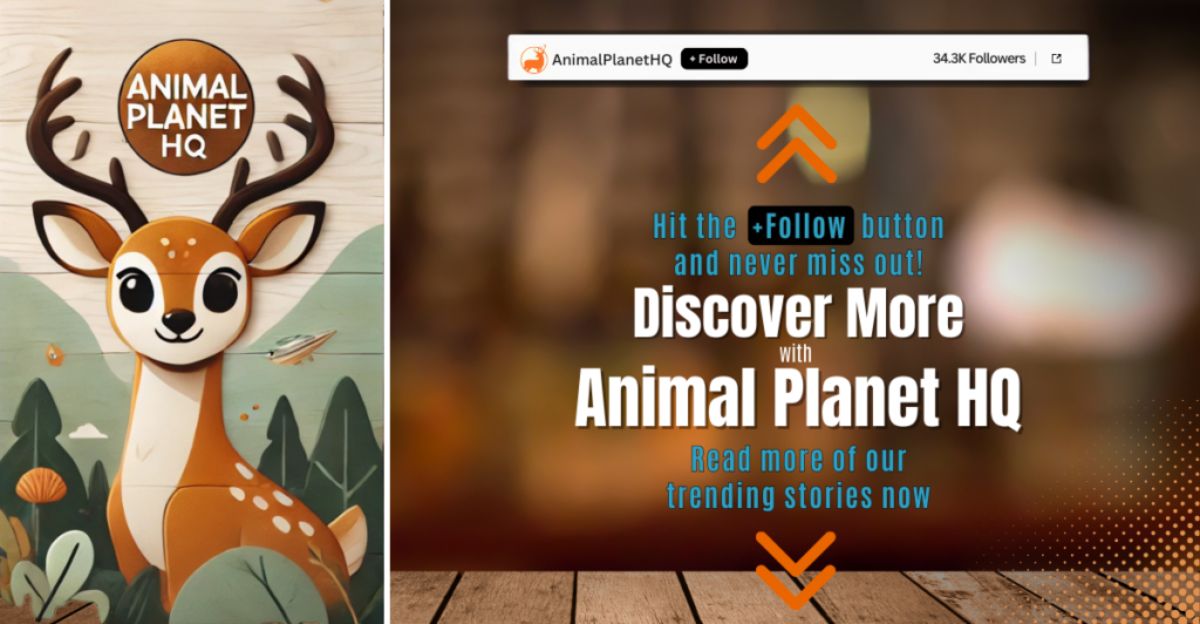
Don’t miss out on more stories like this! Hit the Follow button at the top of this article to stay updated with the latest news. Share your thoughts in the comments—we’d love to hear from you!



